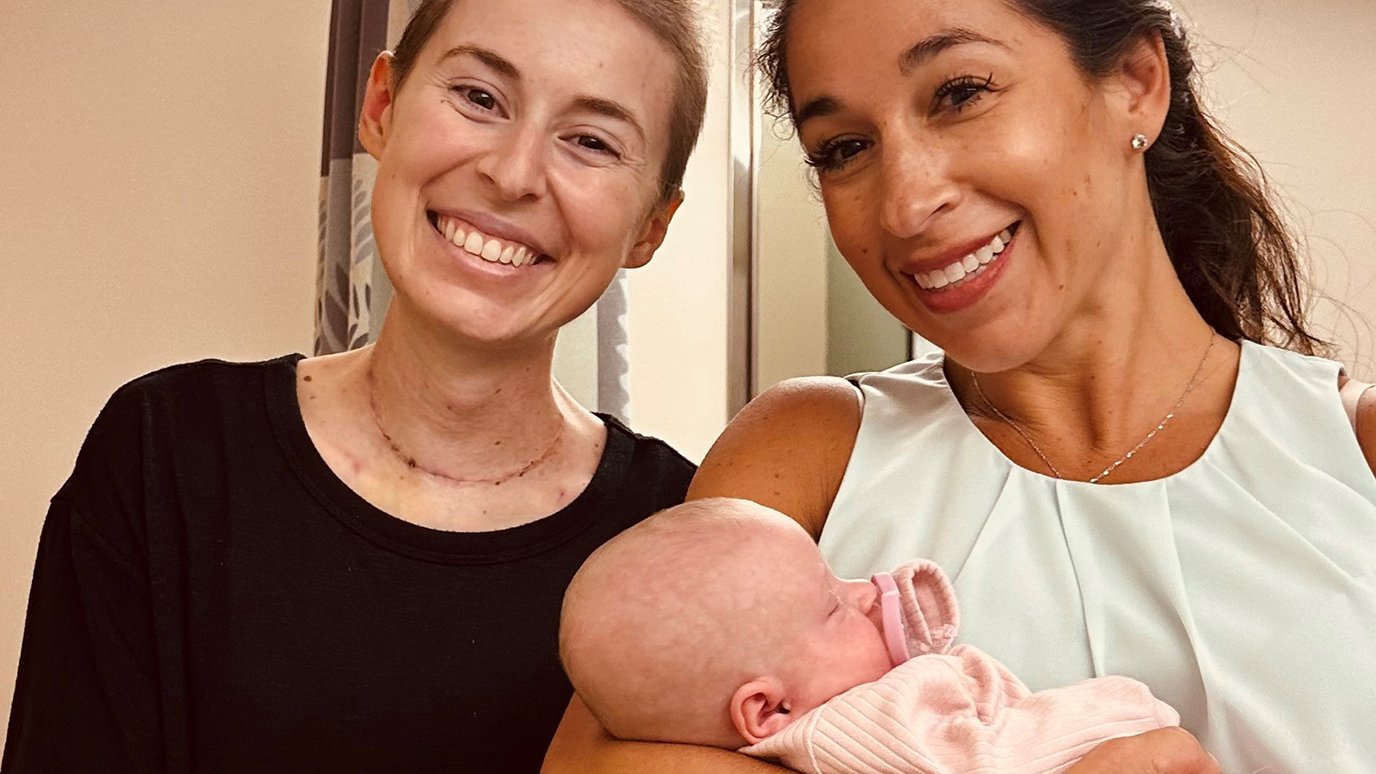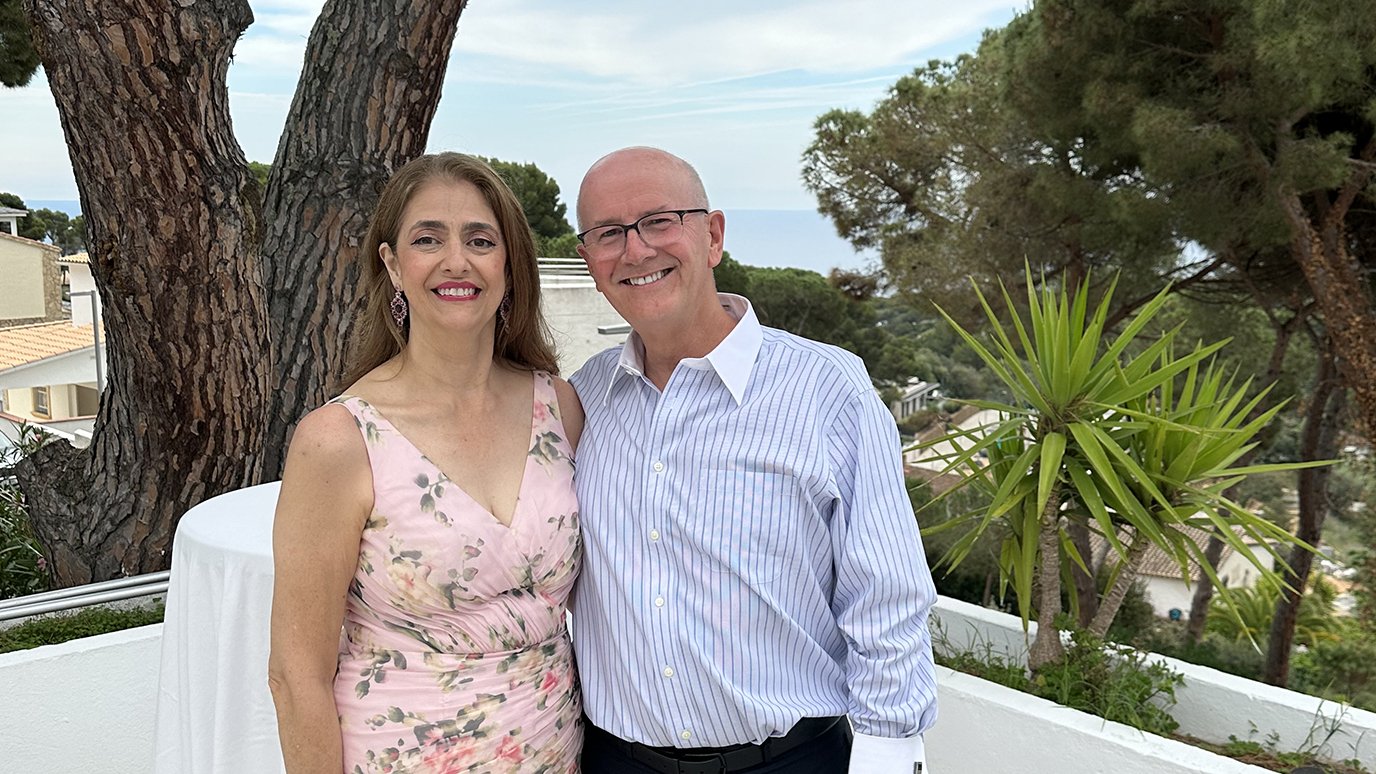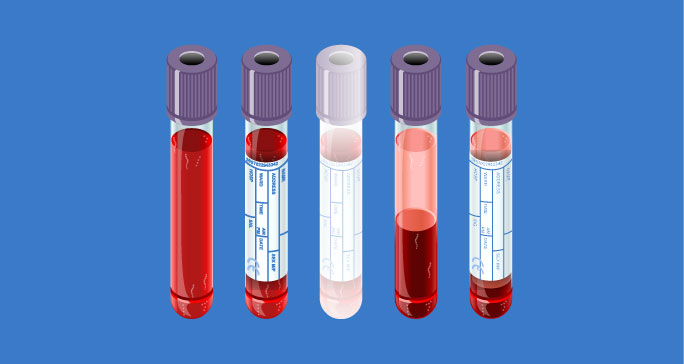- Diseases
- Acoustic Neuroma (14)
- Adrenal Gland Tumor (24)
- Anal Cancer (66)
- Anemia (2)
- Appendix Cancer (16)
- Bile Duct Cancer (26)
- Bladder Cancer (68)
- Brain Metastases (28)
- Brain Tumor (230)
- Breast Cancer (718)
- Breast Implant-Associated Anaplastic Large Cell Lymphoma (2)
- Cancer of Unknown Primary (4)
- Carcinoid Tumor (8)
- Cervical Cancer (154)
- Colon Cancer (164)
- Colorectal Cancer (110)
- Endocrine Tumor (4)
- Esophageal Cancer (42)
- Eye Cancer (36)
- Fallopian Tube Cancer (6)
- Germ Cell Tumor (4)
- Gestational Trophoblastic Disease (2)
- Head and Neck Cancer (6)
- Kidney Cancer (124)
- Leukemia (344)
- Liver Cancer (50)
- Lung Cancer (288)
- Lymphoma (284)
- Mesothelioma (14)
- Metastasis (30)
- Multiple Myeloma (98)
- Myelodysplastic Syndrome (60)
- Myeloproliferative Neoplasm (4)
- Neuroendocrine Tumors (16)
- Oral Cancer (100)
- Ovarian Cancer (170)
- Pancreatic Cancer (164)
- Parathyroid Disease (2)
- Penile Cancer (14)
- Pituitary Tumor (6)
- Prostate Cancer (144)
- Rectal Cancer (58)
- Renal Medullary Carcinoma (6)
- Salivary Gland Cancer (14)
- Sarcoma (236)
- Skin Cancer (296)
- Skull Base Tumors (56)
- Spinal Tumor (12)
- Stomach Cancer (60)
- Testicular Cancer (28)
- Throat Cancer (90)
- Thymoma (6)
- Thyroid Cancer (98)
- Tonsil Cancer (30)
- Uterine Cancer (78)
- Vaginal Cancer (14)
- Vulvar Cancer (18)
- Cancer Topic
- Adolescent and Young Adult Cancer Issues (20)
- Advance Care Planning (10)
- Biostatistics (2)
- Blood Donation (18)
- Bone Health (8)
- COVID-19 (362)
- Cancer Recurrence (120)
- Childhood Cancer Issues (120)
- Clinical Trials (628)
- Complementary Integrative Medicine (24)
- Cytogenetics (2)
- DNA Methylation (4)
- Diagnosis (230)
- Epigenetics (6)
- Fertility (64)
- Follow-up Guidelines (2)
- Health Disparities (14)
- Hereditary Cancer Syndromes (124)
- Immunology (18)
- Li-Fraumeni Syndrome (8)
- Mental Health (118)
- Molecular Diagnostics (8)
- Pain Management (62)
- Palliative Care (8)
- Pathology (10)
- Physical Therapy (18)
- Pregnancy (18)
- Prevention (898)
- Research (392)
- Second Opinion (74)
- Sexuality (16)
- Side Effects (604)
- Sleep Disorders (10)
- Stem Cell Transplantation Cellular Therapy (216)
- Support (404)
- Survivorship (322)
- Symptoms (184)
- Treatment (1776)
Electrical lineman gets more time with his family after sarcoma treatment
6 minute read | Published September 08, 2021
Medically Reviewed | Last reviewed by an MD Anderson Cancer Center medical professional on September 08, 2021
On a warm day in May 2018, Ashton and Charmayne Thomas swiftly booked a flight from Arizona to Houston. They dropped off their two eldest children, Emmett and Adelyn, then 4 and 3, with family boarded a plane to Houston with their 9-month son, Wyatt.
“I want to see Ashton tomorrow,” sarcoma specialist Dejka Araujo, M.D., had told Charmayne on the phone the day before.
Doctors in Arizona had found a 10-centimeter mass in then-27-year-old Ashton’s chest and said it was likely a fast growing, high-grade sarcoma. He was suffering from fatigue, back pain and a fever. Araujo knew if he didn’t get treatment soon, it would spread to his heart, making it almost impossible to treat.
Not long after they landed, Ashton began to feel chest pain and at midnight was rushed to MD Anderson’s emergency room, now called the Acute Cancer Care Center. Tests showed that in the mere weeks since his last CT scan, the tumor had grown another 3 centimeters and was now pushing against his heart.
When Arajuo met with the couple the next day, she greeted Charmayne with a hug and spoke frankly. They would have to work quickly to ensure that Ashton would live another six more months.
But Ashton and Charmayne were determined to make the most of whatever time they had left together.
“I have too much to live for to die from this,” Ashton recalls saying. That became his mantra for his cancer treatment over the next four months.
Sarcoma diagnosis and treatment
Shortly after Ashton arrived at MD Anderson, his care team conducted scans and worked to confirm his diagnosis: high-grade spindle cell sarcoma, a type of soft tissue sarcoma that is rarely found in the chest. They were glad to finally be able to take action. Ashton had seen a series of specialists in Phoenix who struggled to give them any clear answers or plans. Charmayne had reached out to her cousin James, who was then a fellow at MD Anderson. He had recommended they seek treatment here.
“What had taken weeks in Arizona was accomplished in hours at MD Anderson. We were in awe,” Charmayne says of their first appointment.
The pathology report revealed some good news: Ashton’s sarcoma was originally a germ cell tumor that had mutated into a sarcoma and might respond to chemotherapy.
Because his cancer was so aggressive, Ashton immediately started his chemotherapy: four rounds of doxorubicin and ifosfamide given every three weeks. Each time, Ashton was admitted to MD Anderson, where his care team would start his infusions at midnight and continue for the next four days.
The chemotherapy treatments helped ease Ashton’s pain, but also brought nausea and fatigue. Ashton focused on the positives and tried to enjoy the time he had with his family. He and Charmayne rented a house near the Texas Medical Center, where they stayed with their three children, Ashton’s mom and Charmayne’s sister as a nanny. In between treatments, they visited the beach, the zoo and museums together. Even when Ashton was admitted to the hospital, they ate dinner as a family, although it was often in the hospital cafeteria.
“I just thought, ‘This is the time we get with their dad, and we’re going to make the most of it,” Charmayne says.
Sarcoma surgery offers hope
After two rounds of chemotherapy, scans showed the tumor was shrinking. Then, after four rounds, it appeared to be growing again. Now it was 13 centimeters, but one very important detail gave Ashton and Charmayne hope: the part of the tumor that bordered his heart had shrunk.
“This was the news we had been waiting for,” Charmayne says. “This meant surgery was possible.”
They scheduled the surgery for the next week. During the five-hour procedure, thoracic surgeon Ara Vaporciyan, M.D., removed Ashton’s left lung, along with his thymus and pericardium, the membrane enclosing his heart, plus the entire 14.5 cm tumor.
“Dr. Vaporciyan came out to tell us the surgery went smoothly, and they were able to remove the tumor with clear margins. It was exactly what we wanted to hear,” says Charmayne.
But Ashton and Charmayne would still need to wait and see if the cancer began to grow again following the surgery. Five days later, he was released from the hospital, and one week later, the pathology report and a CT scan confirmed that the margins were clear. There was no sign of the tumor. After four and a half months, the Thomas family packed up their rental house and drove the 15 hours home.
“When all this started, we didn’t think we’d all get to go back home together,” Charmayne says. “To be able to go home with Ashton cancer-free was amazing.”
Meanwhile, friends and family back in Pomerene planned a surprise for the Thomas family. When they arrived, a parade of fire trucks greeted them. Neighbors waved and held up posters celebrating their return and had a big BBQ at their house.
“All our friends and family had supported us throughout Ashton’s treatment, but this was just above and beyond,” Charmayne says.
Recovery after a second sarcoma surgery
For the next year, Ashton and Charmayne lived life without cancer. Ashton went back to work as an electrical lineman, and they enjoyed time together as family. One year after his surgery, Ashton and Charmayne returned to MD Anderson for his annual check-up. Unfortunately, the scans showed that the cancer had returned.
Ashton had another surgery four days later. Vaporciyan removed the tumor and part of Ashton’s remaining lung. Though Ashton was cancer-free again, the recovery was harder.
While he recovered in the hospital, Ashton was given a barometer to measure his breathing. Every two hours, he had to breathe deeply into the handheld plastic device to keep fluid from accumulating in his lungs. But each time he tried to take a breath, he felt a sharp pain. He couldn’t bring himself to do it. But fluid was starting to leak into his lung and he kept fevering. His care team told Ashton that if he didn’t take deep breaths, he could catch pneumonia. Despite the pain, he started making the effort. Little by little, the breaths got easier. Four days after surgery, he was discharged from the hospital and a week later he returned home.
Six weeks after his surgery, Ashton was approved to return to work. On his first day, his company hosted the lineman rodeo, an annual event in which linemen from across Arizona compete by timing themselves while climbing a power pole and completing certain tasks at the top to see who can be the fastest. Not only was Ashton able to compete, but he won.
Stronger than they knew
It’s been two years since Ashton’s second surgery. He continues to travel to Houston every four months for follow-up appointments. He’s spent his time away from the hospital enjoying his family, and in March 2021, they welcomed baby Delainey.
Ashton’s cancer treatment has brought the family closer.
“As a mom, it was hard to leave my kids to go take care of Ashton at the hospital, but I learned I couldn’t do everything by myself. I couldn’t be everywhere, and the kids learned how to lean on each other,” Charmayne says.
She also learned that her children were tougher than she ever knew. And it wasn’t hard to see where they got it from.
“I come from a line of cowboys and thought I knew what tough was, but I didn’t know anybody could be as tough as Ashton has been,” she says. “I’m amazed at his strength.”
Request an appointment at MD Anderson online or by calling 1-855-962-2686.
Related Cancerwise Stories

I’m amazed at his strength.
Charmayne Thomas
Caregiver





